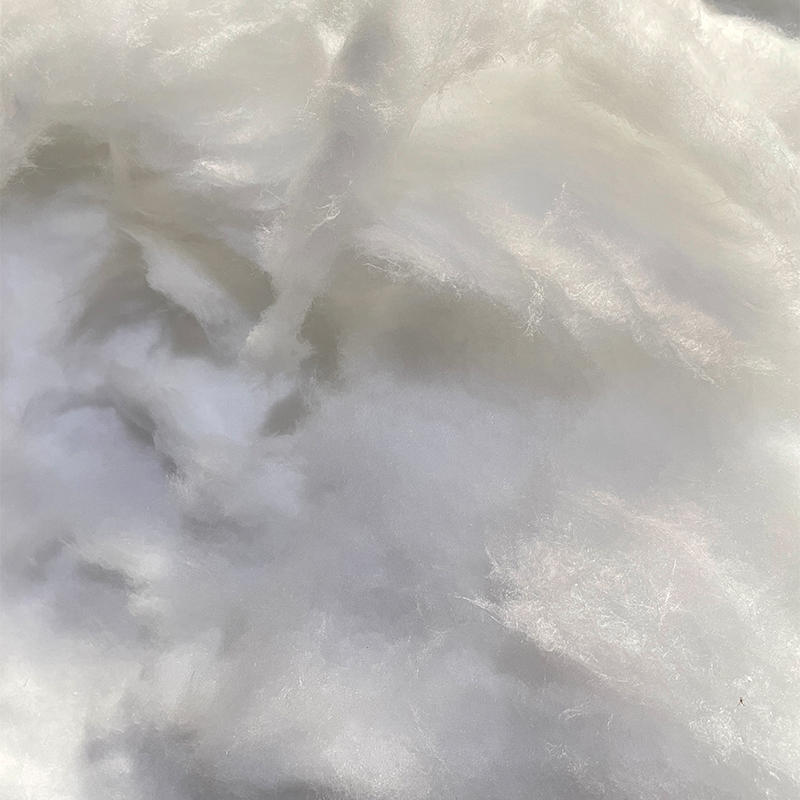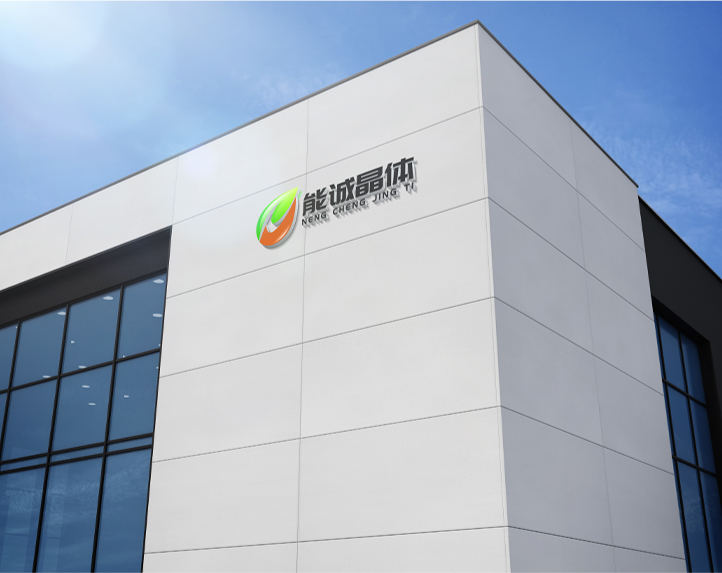
Polycrystalline Mullite Fiber Cotton
Introduction
Polycrystalline mullite fiber and polycrystalline alumina fiber, so far two of the newest types of super-light high-temperature refractory fibers in the world, are two different products in the whole AlzOs- SiOzCeramic Fiber Series. The application temperature for them ranges from 1500 to 1700°C, surpassing that for glass state fibers by 200 to 400 °C. Both of them can be widely applied in various areas such as pottery making, electronics, metallurgy, chemicalindustry, glass making, mechanics, astronautics and military engineering, to make the adiabatic inner lining of hightemperature industrial furnaces, so as to conserve the energy,
increase the production, prolong the service life ofthe furnace, as well as improve the working conditions. As for appearance, they
look very much like absorbent cottons, white, smooth, soft, and springy.
Characteristics
Polycrystalline mullite fiber is a unique type of Polycrystalline refractory fiber that exists in the form of mullite. The production of it requires sophisticated techniques. Such high-technology intensity makes its production only possible by certain companies in a few developed countries, like some silicon carbide companies in Chemicals in Britain, and some other few in Japan and Germany. The production technique of polyrystalline mullite fiber completely differs from that of glass-state fibers. It adopts the colloidal method in chemistry, following the production formula for the monocrysalmullite(AlzOs-SiOz), with an
alumina(AlzOs)content of 72% and a silica (SiOz)content of 2896. The production process is conducted in the following steps: first, mix a certain amount ofsoluble aluminum and silicon to get a colloidal fluid with certain adhesiveness, then draw off the fluid following the regular centrifugal drawing process, and finally turns it into the crystal form by heating at high temperatures to get the mullite fibers. The conduction rate of PMF is 1/6 of that of average refractory bricks, while the bulk is only 1/25 of that of the latter. The fiber cotton produced, which is still scattered, can be used as the stuffing material for high-temperature insulation layers. After the wet vacuum treatment, the scattered cotton can be further made into other PMF Series products, like blocks, mats,
bricks, special precast pieces, modules, components, etc.
Polycrystalline alumina fiber is a crystal fiber that mainly exists in the form of alundum. Like PMF, it is also produced by the colloidal chemistry method, but the techniques involved in the production process are even more complex. The chemical content of it also differs from the former, with 95% of alumina(AlzOs) and 5% of silica (SiOz). The scattered fiber cotton produced can be made into blocks, bricks, and special precast pieces, using the same wet vacuum method as that in the PMF products making process.
Product Common Specifications
10/20kg/piece


-
1、 Shaped ceramic fiber furnace lining for high alumina ceramic fiber board The shaped ceramic fiber furnace lining of high alumina ceramic fiber board mainly refers to the furnace lining composed of formed refractory materials such as fiber blankets, fiber felt, fiber boards or fiber components. Structurally, it can be divided into two categories: layered structure and composite structure. 1. Structure of Layered Refractory Fiber Lining Layered laying of refractory fiber furnace lining is...





 English
English Español
Español عربى
عربى












